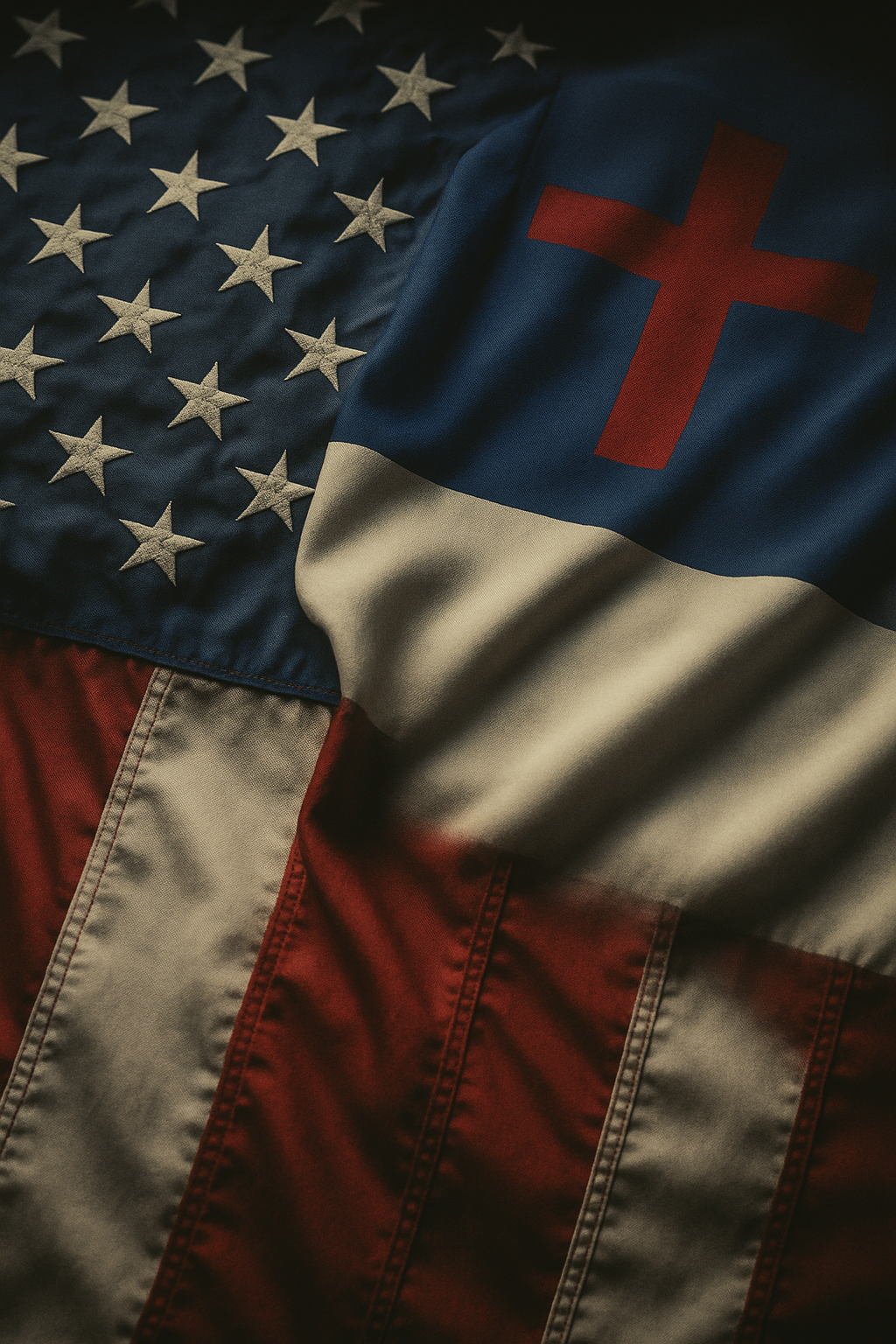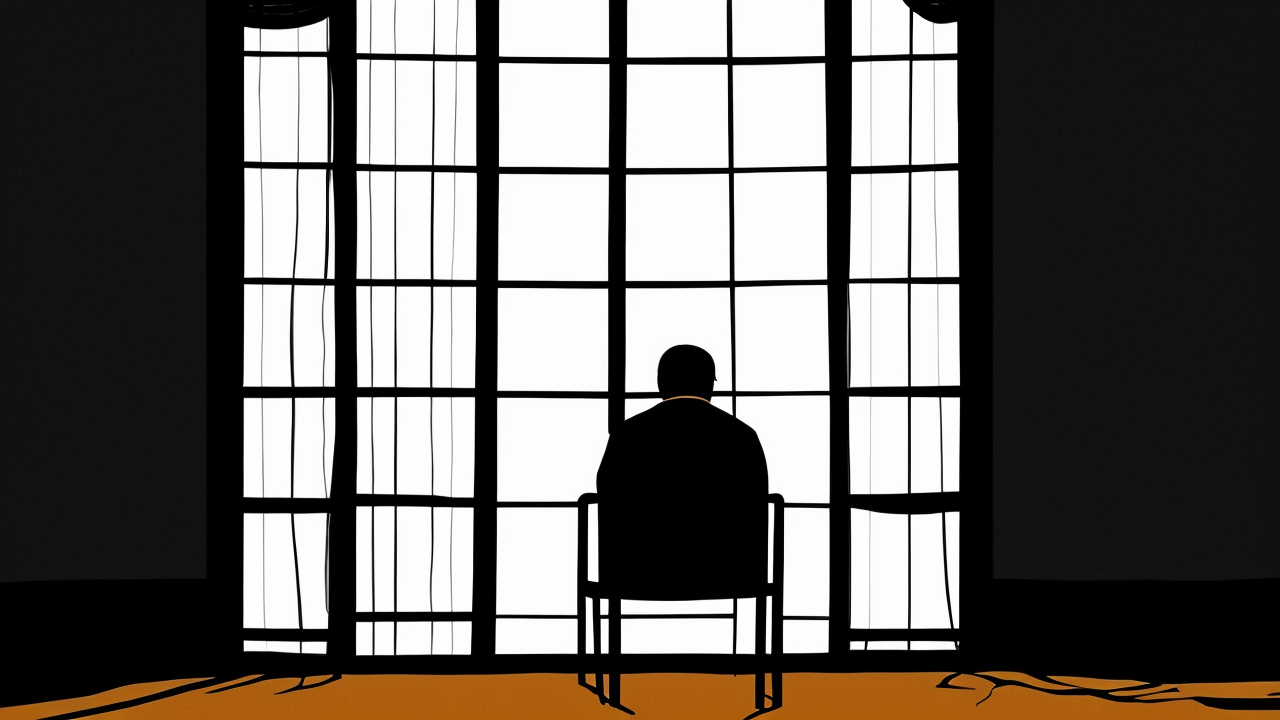Is It Insurrection Season Again?

Violence against federal law enforcement officers, especially those serving in Immigration and Customs Enforcement (ICE) and Border Patrol, has reached alarming levels. In cities across the country, coordinated attacks on federal buildings, including courthouses and detention centers, have become disturbingly common. These incidents are not isolated outbursts but part of a sustained pattern of intimidation, arson, and threats against those sworn to uphold the law. The tactics employed—firebombs, laser attacks, doxxing campaigns, and physical assaults—bear a chilling resemblance to organized resistance aimed at dismantling lawful governance, not advancing democratic discourse.
Some cities have declared themselves “sanctuaries” for undocumented immigrants, effectively refusing to cooperate with federal immigration enforcement. While such policies are framed as humanitarian, they operate outside the constitutional framework. The Supremacy Clause of the U.S. Constitution makes it clear: federal law is the supreme law of the land. When local governments choose to ignore this principle, they do not protect their residents—they enable lawlessness. The result is not greater safety, but a weakening of the national fabric that binds us together under shared legal standards.
This is not a new phenomenon. Throughout American history, resistance to federal authority has repeatedly led to crisis. The nullification crisis of the 1830s, the secessionist movements of the 1860s, and even the violent opposition to school desegregation in the 1950s all stemmed from attempts to override federal mandates. In each case, the refusal to comply with lawful federal action threatened the stability of the entire republic. The difference today is not the principle, but the scale and coordination of the resistance. Radical left-wing groups like Antifa have evolved into organized networks that target federal agents with violence and public harassment, treating law enforcement as enemies rather than protectors of the public.
The consequences are clear. When federal officers are attacked with firebombs or threatened with online exposure, they face real danger—not just physical, but psychological. The fear of retaliation discourages service, erodes morale, and undermines the ability of the government to function. When courts are set ablaze and agencies are paralyzed by threats, the rule of law begins to erode from within. And when institutions designed to uphold justice are treated as targets, the entire legal system is weakened.
The idea that these actions are “protests” or “free speech” is a dangerous mischaracterization. Free expression does not include violence, intimidation, or sabotage. True civic engagement is grounded in dialogue, elections, and legal channels—not arson and threats. The current wave of attacks is not about policy debate. It is about dismantling the authority of the state through force, which is not resistance—it is insurrection.
The solution is not to weaken federal authority, but to strengthen it. Law enforcement must be protected, not vilified. Those who attack federal agents must be prosecuted swiftly and fairly. Communities that shelter or encourage such violence must face consequences. The federal government must uphold its constitutional duty to enforce the law, not because it seeks power, but because it exists to preserve order, justice, and national unity.
America’s strength has always rested on the principle that no individual, group, or city is above the law. When that principle is abandoned, chaos follows. The real threat to our future is not federal power—it is the normalization of lawlessness. It is the belief that violence can replace justice, and that fear can override duty.
We must restore a culture that values lawful governance, respects those who serve in uniform, and upholds the Constitution as a living guide—not a target. Only then can we ensure that future generations inherit a nation where order, responsibility, and shared commitment to justice prevail.
Published: 11/8/2025








